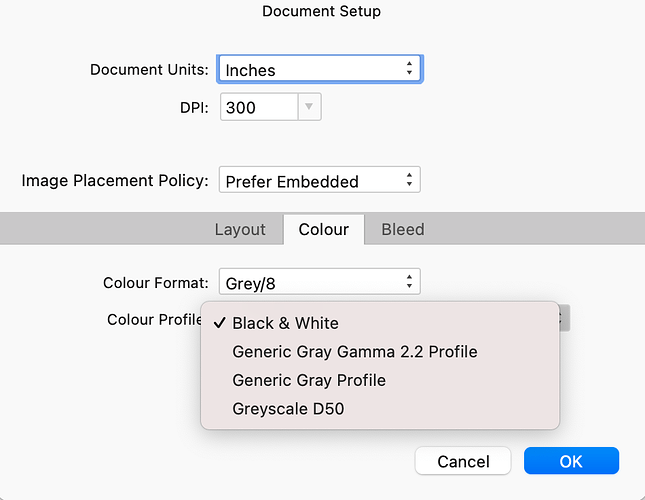It does. I spent 15+ years as a professional graphic designer, and while is was 20 years ago or so, things haven’t changed that much.
Generally speaking, with 4 color press the inks are CMYK (K=black). When you print something that is all black on a CMKY printer, it is using all the inks to generate that black color. When a higher end printer utilizes a 5th color - just black - it is doing so mostly to save money, so you can replace just the black ink well, instead of also having to replace the Cyan, Magenta and Yellow (and black) ink wells too. Plus, it can usually deliver better results as you don’t have to worry about alignment with all the 4 print heads hitting the paper at the same time, and there’s 1 ink hitting the paper as opposed to 4, so cleaner results.
We would produce out catalogs on a 6 color press: CMYK plus an ink well for a spot color - usually a Pantone Silver or gold that was difficult to produce with CMYK. The 6th was usually a varnish, so we could hit the photos with a varnish layer to really make it pop off the page.
I didn’t work with non-english languages, so I don’t know about using a plate for that, but it makes sense.
this commercial press was so fast, if we spotted a mistake and had to stop the press, it would produce 100-300 copies between hitting the stop button and the press actually stopping. Maddening, because we got charged for all overs. I hated to do press checks, not only because they were usually 2am in the morning, but also the pressure of something going wrong - surely there was a misspelled word -at best - or a wrong price at worst.
As Ben mentioned above, most black and white printing or 1 color, is done on a much smaller press with just, one color. That usually is black, but could be any color you wanted. Pre-press/Pre-Flight software today should be able to convert CMYK or RGB to a spot color without much hassle. Back when I was doing this, we would print each “color” out separately to make sure things were on the right plate. I don’t think you have to do that much anymore, but it has been a long time since I was in a commercial press facility.
Cheers!
kc


